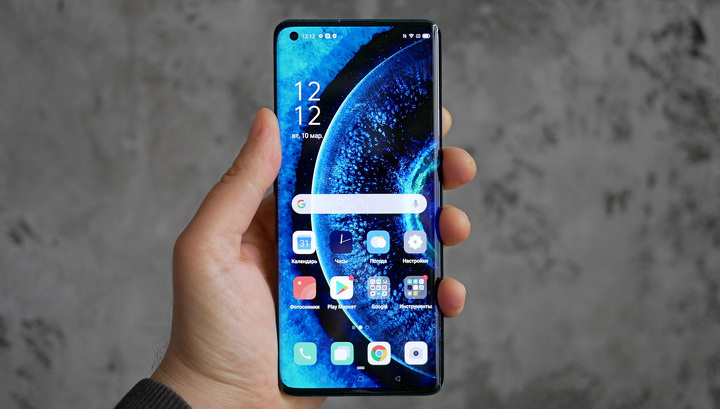The world of tech and software development often sees companies borrowing ideas and features from one another, a practice commonly referred to as “inspiration” or “competition.” In the latest development, it appears that Google’s Nearby Share tool, which facilitates easy and quick file sharing between devices, is adopting a utility name similar to Samsung’s offering, raising questions about what’s happening in the world of mobile technology.
Google’s Nearby Share has gained recognition as a convenient feature, allowing users to share files, links, and even apps seamlessly between Android devices in close proximity. It utilizes a combination of Bluetooth, Wi-Fi, and location services to enable fast and hassle-free sharing. The feature has been a valuable addition to the Android ecosystem, making it easier for users to exchange content with friends and colleagues.
Samsung, a major player in the Android smartphone market, has its own similar tool, which is also named Nearby Share. Samsung’s Nearby Share serves a similar purpose, facilitating file transfers between Samsung devices. Given the similarity in names and functions, it’s easy to see why this could lead to confusion among users.
The adoption of a similar name by Google for its own Nearby Share tool raises questions about the dynamics between tech giants in the Android ecosystem. It’s not uncommon for companies to draw inspiration from one another’s innovations, and this can sometimes lead to naming conventions that overlap.
However, such overlaps can also create confusion among users, especially when two prominent companies within the Android ecosystem use similar names for similar features. Users might wonder which version of Nearby Share they should use, or whether there are any differences in functionality between the two.
Ultimately, the coexistence of these similar features might prompt both Google and Samsung to clarify the distinctions between their respective tools and to communicate the advantages of using one over the other. This would help users make informed decisions about which Nearby Share tool best suits their needs.
In conclusion, the adoption of a name similar to Samsung’s Nearby Share by Google has sparked curiosity within the tech community. While it’s not unusual for tech companies to draw inspiration from one another, it’s important for users that any potential confusion is addressed, and that the distinct advantages of each tool are clearly communicated to ensure a seamless and user-friendly experience in the Android ecosystem.
